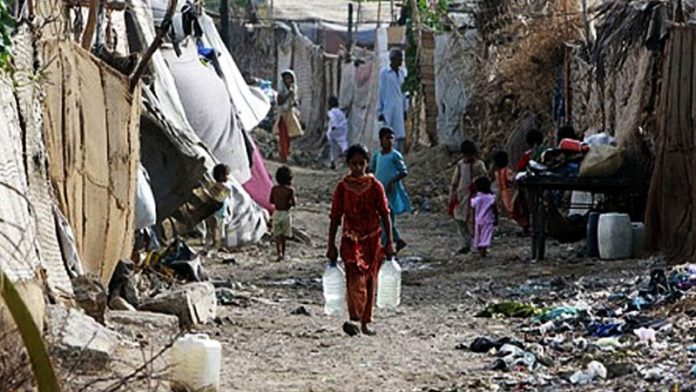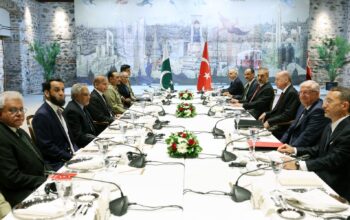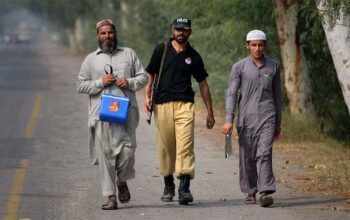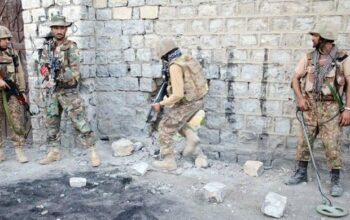By Staff Reporter
ISLAMABAD: Pakistan’s Human Capital Index (HCI) value of 0.41 is below the South Asia average of 0.48 and the country’s human capital outcomes are more in line with Sub-Saharan Africa, where the average HCI value is 0.40, the World Bank said on Tuesday.
The HCI measures the productivity of the next generation of workers compared to the benchmark of complete education and full health. It assesses the health and education sectors of a country and their contribution to the economic growth of a country.
The World Bank’s report, Pakistan Human Capital Review (HCR), Building Capabilities Throughout Life, underlines the need for the country to significantly increase investments in human capital to address the severe gaps it faces in education and health outcomes particularly.
Through an analysis of new and existing data, the report documents and quantifies Pakistan’s human capital crisis.
Its Human Capital Index (HCI) of 0.41 means that a baby born in Pakistan today will only be 41 percent as productive as they could be if they enjoyed complete education and full health.
“The country’s HCI is lower than the South Asian average of 0.48, Bangladesh’s 0.46 and Nepal’s 0.49. Indeed, Pakistan’s human capital outcomes are more comparable to Sub-Saharan Africa’s, which has an average HCI of 0.40,” the report said.
Another facet of Pakistan’s human capital crisis is its low utilization due largely to low female labor force participation.
“With over 20 million school-age children out of school, high levels of child malnutrition, and low empowerment of women, Pakistan’s human capital challenges are among the most serious in the world—it is a human capital crisis that is profound, silent, and with far-reaching negative effects on the potential of the country and its people,” said Najy Benhassine, the World Bank’s Country Director for Pakistan. “The Human Capital Review shows that Pakistan can realize substantial economic growth by bringing its population growth rate under control, investing significantly more in the supply and quality of health and education, and bringing women to the labor force.”
While the country has reached middle-income status and made significant progress in reducing poverty over the past two decades, low human capital outcomes limit Pakistan’s further progress, capping its growth and development prospects.
The report provides a wide-ranging assessment of the key challenges and opportunities for Pakistan to improve its human development outcomes, while underscoring the need for a long-term commitment and sustained human capital investments.
The HCR puts forward several recommendations for Pakistan to boost its human capital, including the need for long-term planning that goes beyond the tenure of any government and political cycle; making family planning a priority across all human development initiatives; investing more smartly in people and developing avenues for them to deploy their human capital more productively; making child malnutrition a national priority; and introducing measures to reduce out-of-school children and improve learning outcomes.
“Pakistan needs a healthy, skilled, and resilient population to ensure high economic growth that is both sustainable and inclusive,” said Lire Ersado, the lead author of the report and World Bank’s Human Development Practice Leader for Pakistan. “With the right policies and investments, the growing working-age population can become healthier, more educated, more skilled, and more productive—and can earn more if the economy generates more and better jobs.”
Copyright © 2021 Independent Pakistan | All rights reserved




